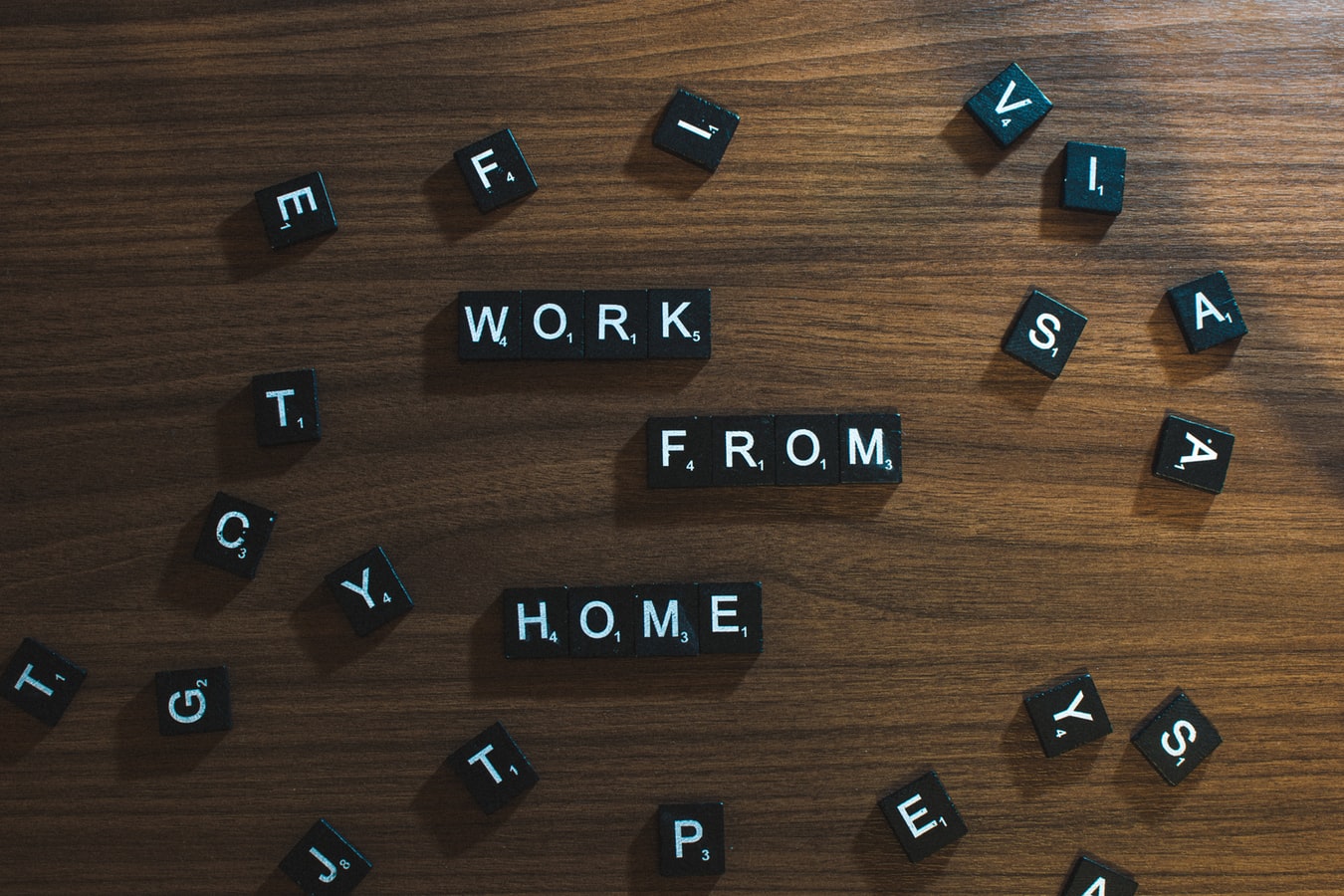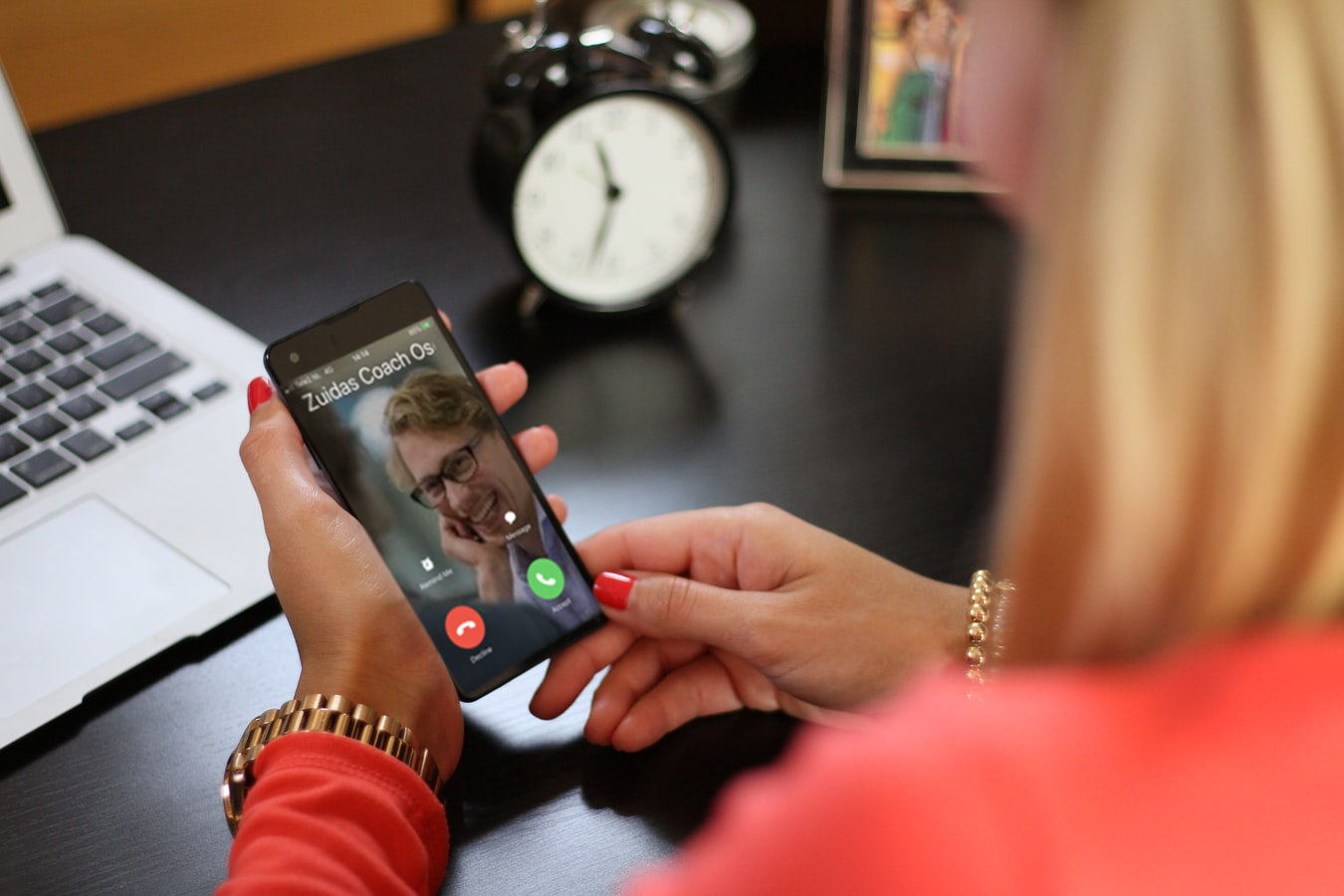Are you looking for ways to better understand how the worldwide COVID-19 epidemic has forever changed our experiences –as clients, employees, citizens, and as humans? This article maps key findings from various change consultancies, blogs from academic experts, and theorists. How may the attitudes and behaviors within your workforce shift through the psychological impacts of COVID-19?
Introduction
As COVID-19 forces us to consider a “new normal,” the nature of work will change, and employee well-being and mental health will become more critical. Isolation and loneliness threaten some; blurred boundaries between work duties and personal duties threaten others. As every individual has unique interests and concerns to address, every employer must shape an alternative work culture. In order to deeply engage and truly support your work-force, employer commitments should include creating ecosystems wherein employees can thrive both physically and mentally, in the face of COVID-19 more than ever. (weforum.org)
Key question
The starting point for this short exploration is: What can be done to protect and enhance employees’ physical and mental health and safety for both remote and on-site workers?
Key argument
Generally, it is contended that, as a manager, you don’t want to overstep, but you can — and should — open up a conversation with your employees about how they are doing. (hbr.org)
Key Findings
- 78% of business leaders think hybrid and homeworking will have a negative impact on productivity. (weforum.org)
- Employers expect to move about 44% of workers to work from home during the pandemic, according to the World Economic Forum. (weforum.org)
- Those working from home face mental health and well-being challenges, including childcare pressures and digital connectivity. (who.int)
- Adults living with children were more likely to report worse mental health than adults living without children, two studies showed. (nih.gov)
- Working hours declined by 6.7 per cent in the second quarter of 2020 –equivalent to 195 million full-time jobs lost. (UN High Commissioner for Human Rights)
COVID-19 and the workplace
According to the International Labor Organization, the world of work is profoundly affected by the global virus pandemic. In addition to the threat to the public health the ILO identifies, they contend that the economic and social disruption threatens the long-term livelihoods and wellbeing of millions. “The ILO and its constituents – Governments, workers, and employers – will play a crucial role in combating the outbreak, ensuring the safety of individuals and the sustainability of businesses and jobs” they write. (ilo.org) In dealing with the COVID-19 crisis, the labor market showed great variety in relation to plans to protect their workforce. Why? Because during this pandemic period, societies have undergone, metaphorically speaking, a large scale “forced experiment” where divisions, businesses and employees have continued to operate while being physically disconnected. This has real-life implications for privacy-related concerns. For example, is your workforce provided with the necessary technological, legal, and digital security conditions? (upwork) After all, during the shift, technology capabilities were put to the test in a work-from-home environment. All this can possibly endanger organizations to vulnerabilities, such as improperly sharing information by using unapproved channels to dial into recorded lines for conversations subject to voice recording and retention mandates. Organizations were also confronted to speed up the onboarding of third-party collaboration tools in a sensible manner to address the needs of clients and front-office personnel. (deloitte) In other words, never waste a good crisis. Many businesses are already taking “no regret” actions to emerge from the pandemic stronger. These leaders are facing the crisis with a spirit of reinvention—accelerating digital transformation, establishing variable cost structures, and implementing agile operations. (accenture) This has potentially large impacts on businesses of all kinds, whether they had embraced working from home in the past or not. In the longer-term, productivity performance could improve to the extent that the emergency catalyzes wider and speedier adoption of efficient work from home practices, and –in and through that processs– also potentially raising employee well-being and efficiency while lowering operating costs across one’s industry as well. (oecd)

COVID-19 and Mental Health
The worldwide COVID-19 epidemic has forever changed the experiences of ourselves―as clients, employees, citizens, and humans. Consequently, our feelings and behaviors about the importance and place of work in our lives are shifting. While our communities and workforce try to function and perform within their work, they struggle to cope with the impact of COVID-19 within their daily lives. What is needed to deal with this communal and personal crisis? Overall, there is a need to improve resilience which is more than mere technology upgrades. Organizations are seeking input on lessons learned to break with the emotional triggers that may spark depression and less motivation to work. First, what are the cultural and personal drivers shaping behavior and risk under COVID-19? Second, how can we improve the detection and fears of risks –both at home and in the workplace? Third, how can we improve prevention of mental-related issues like feeling overwhelmed? The first step to supporting employee mental health is acknowledging it directly. 40% of employers hadn’t asked employees how they’re doing since the pandemic began. They assume it’s because employers want to respect the privacy of their employees. At the other hand, 40% of employees want their manager to be the one to approach the subject of mental health. (best money moves). After all, as a manager, you don’t want to overstep, but you can — and should — open up a conversation with your employees about how they are doing. (hbr.org). In addition, without doubt, COVID19 financially impacts so many aspects of the workplace practices and employees’s sense of security. For example, financial issues like retirement, emergency savings, debts and everyday expenses arise and press on a daily basis. All these issues create stress and anxiety that leads to even more mental health issues. In order to deal with these, managers have a responsibility to create an open, inclusive, and safe environment that allows them to bring their whole selves to work. (hbr.org) After all, a healthy business cares for the well-being of both its employees, next to being client-entered in their service delivery. Such community of mutual interests needs to be at the core of decisions. (OHCHR) Current and future viability thus depends on swift C-suite action, including near-term actions for stability and strategic moves that will create new futures for companies and industries. (accenture) In sum, as businesses cope with a range of new systems priorities and challenges― business continuity risks, sudden changes in volume, real-time decision-making, workforce productivity, security risks―leaders must act quickly to address immediate systems resilience issues and lay a foundation for the future. How can we keep people working while furthering our agile workforce strategy? Businesses, governments, citizens, and non-profits all play critical roles in establishing a human-centered, whole systems-minded approach that promotes shared workforce resilience. In times of COVID-19 with its mental impact upon our current and future workforce, this becomes even more key.
Conclusion
Today’s leadership teams should create ‘psychologically safe and open spaces’ to discuss the fears around COVID-19 with both remote and on-site workers. This way, you can boost workforce resilience and employee well-being as renewed human connections spur a sense of team. Hence, the COVID-19 crisis is a chance to establish yourself as a servant leader by acknowledging that we bring our whole selves (and sometimes even younger family members who strawl around on the floor around us) to the workplace. This bringing ourselves to the workplace already happened before, but since we work from home, our digital workplaces have even extended themselves towards our private spheres, our homes. Hence, it becomes even more pressing to acknowledge that aspect of our lives. Besides, we should not forget to never waste a good crisis. How can you use your own and other people’s fears and mental struggles to re-align your team? As such, COVID-19, like any crisis, may give us a good opportunity not only to review our financial and technological systems, but also, and that is key, our employee engagement processes. Let’s make our interactions more specific, personalized and human while securing a systems and holistic view on business development at the same time. By opening up that conversation to include all voices, to discuss that balancing act, we can succeed as a team, department, business, and society.
Act now, and contact a professional
Promoting mental health, for example, through our COVID-19 coaching trajectory is one of the best ways to not only improve individuals but also an entire organization. Act now, and contact a professional. Team coach Zuidas offers psychological expertise and support services for dealing with stress, conflict, collaboration, and communication issues at work. Subscribe to the Team Coach Zuidas newsletter to stay updated about mental health at the workplace. We will send you the latest research trends regarding workforce development.
This post is written by Michael Morcos and supervised by Oscar Westra van Holthe.





